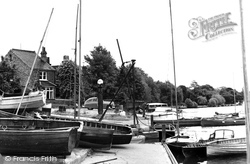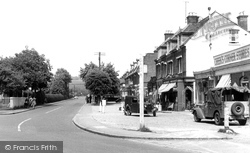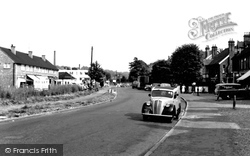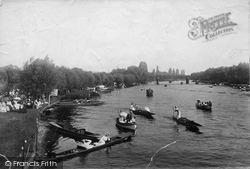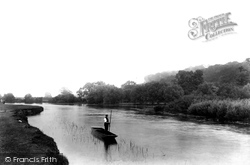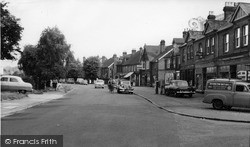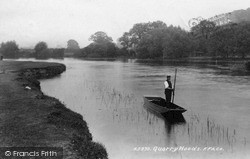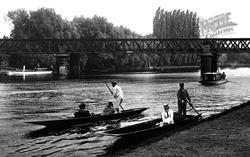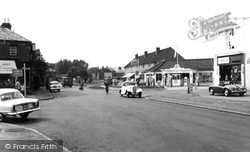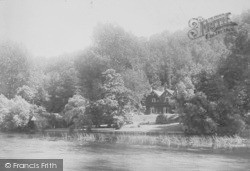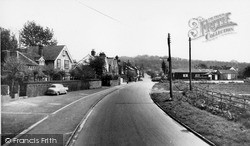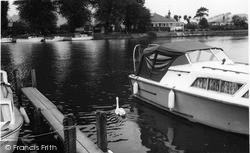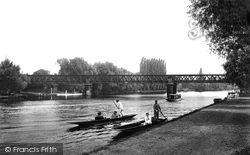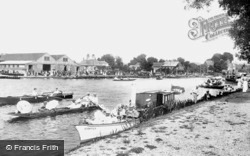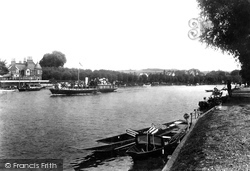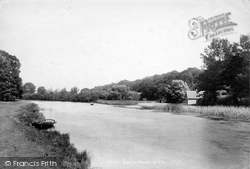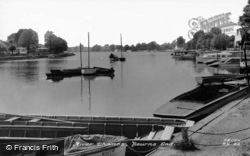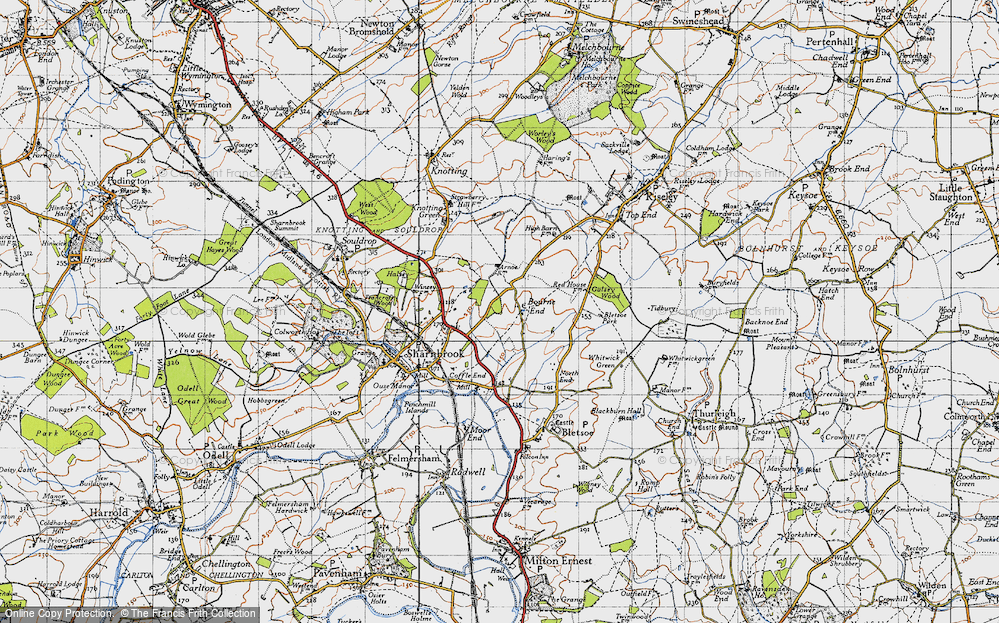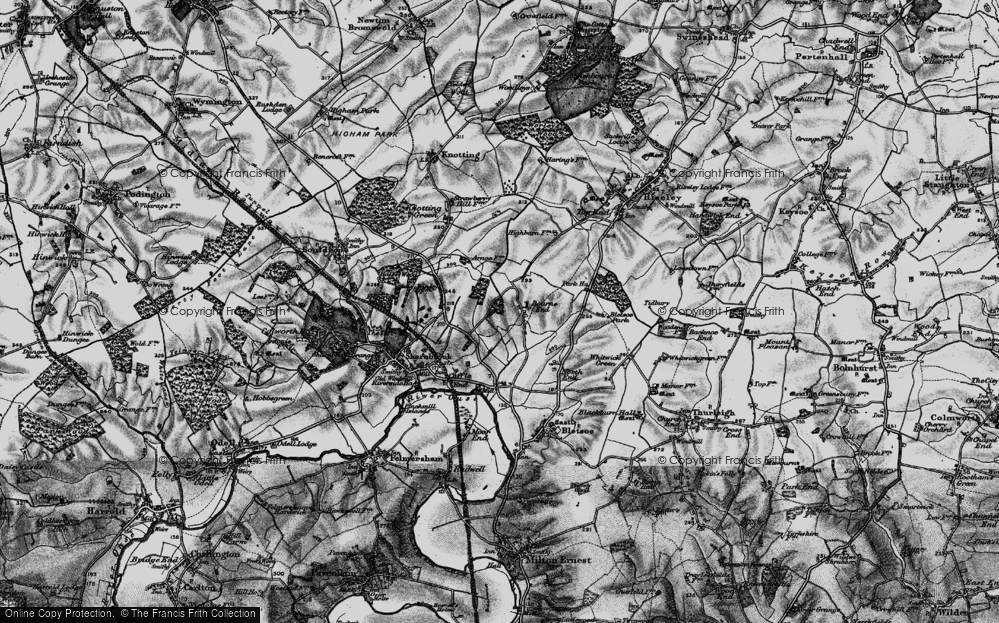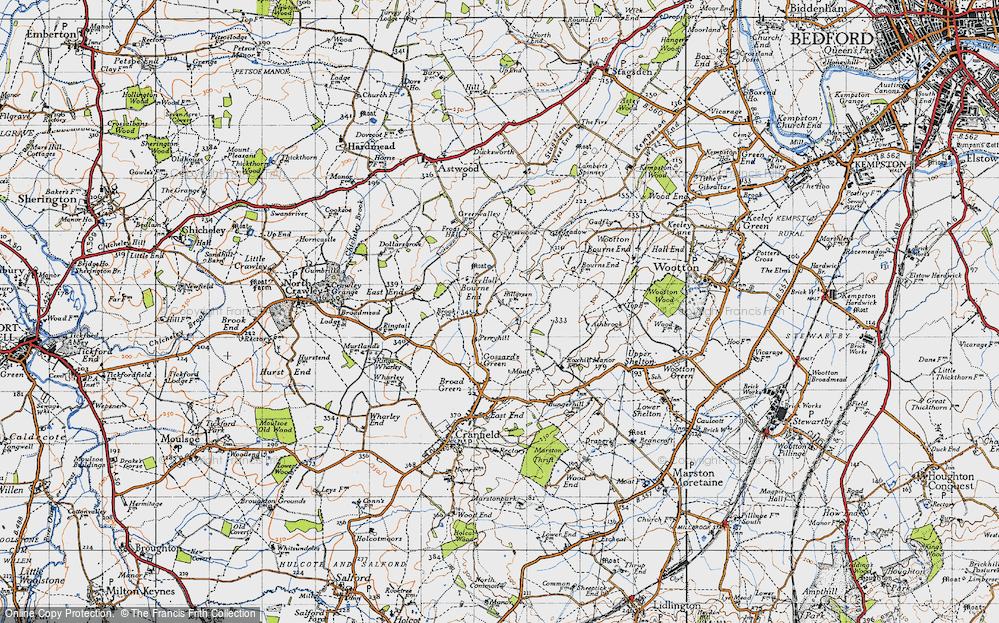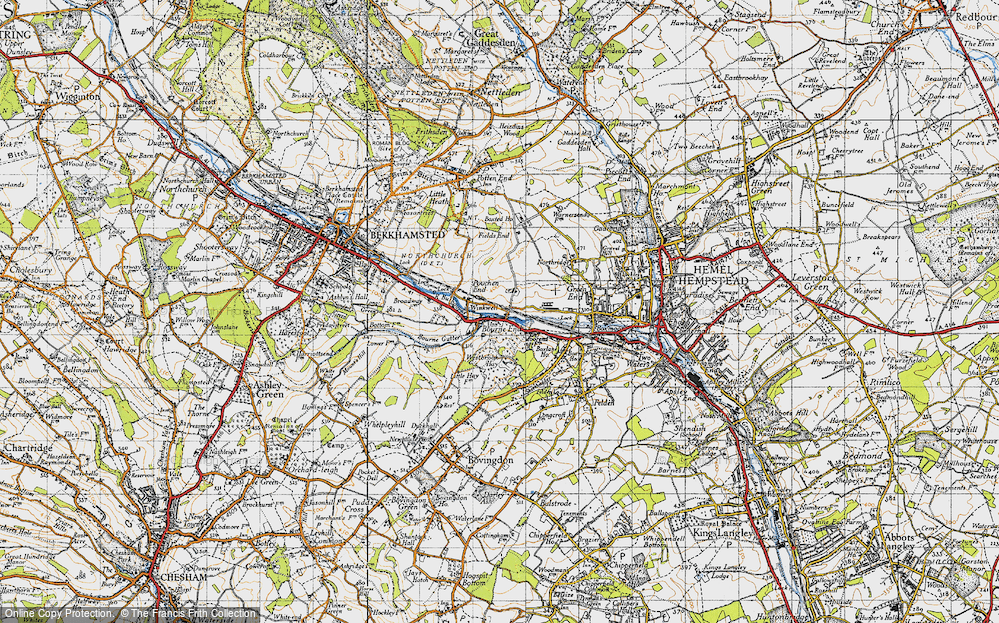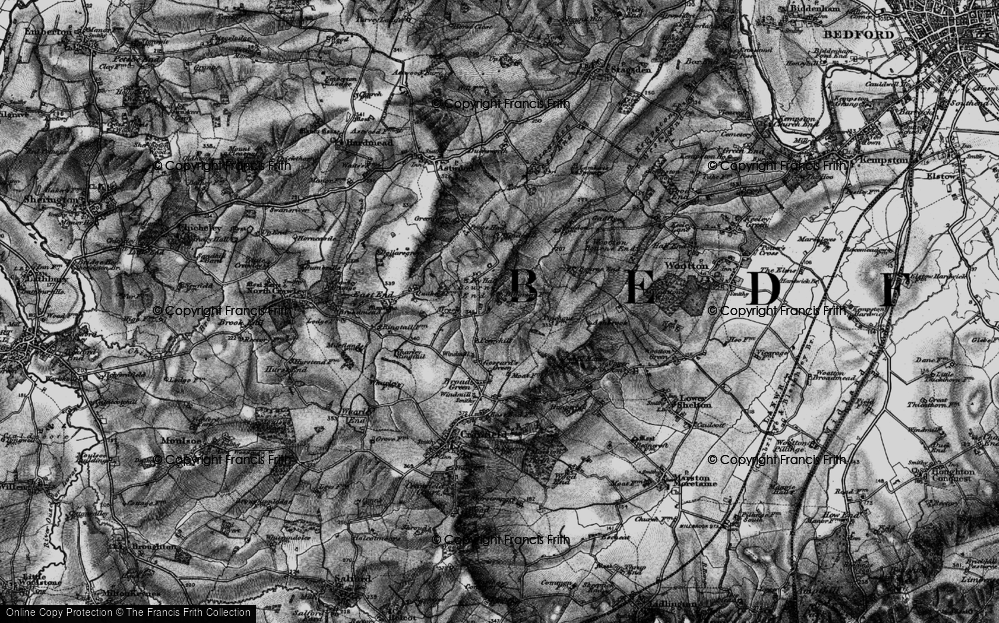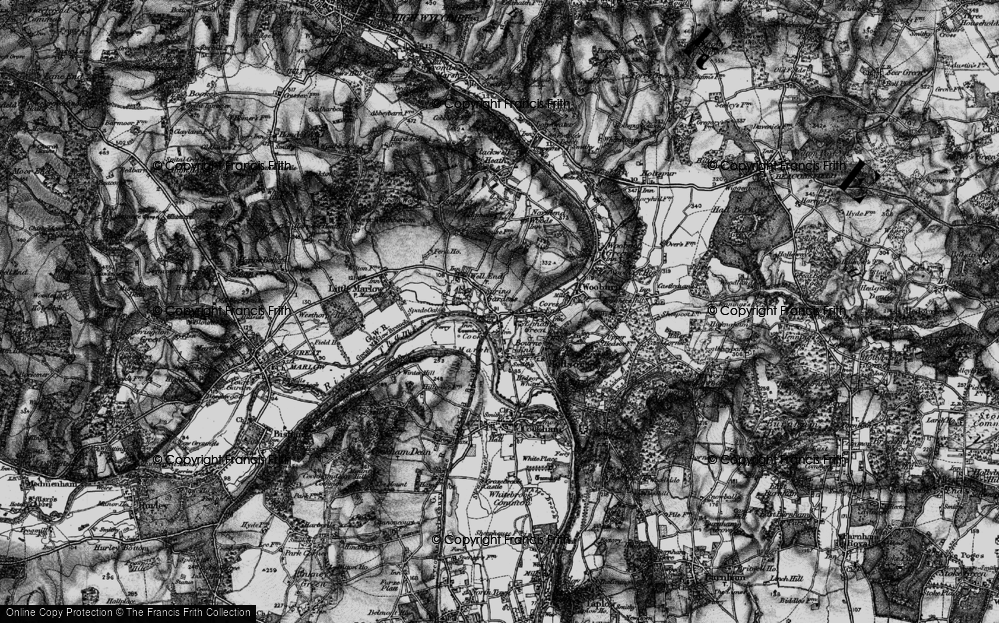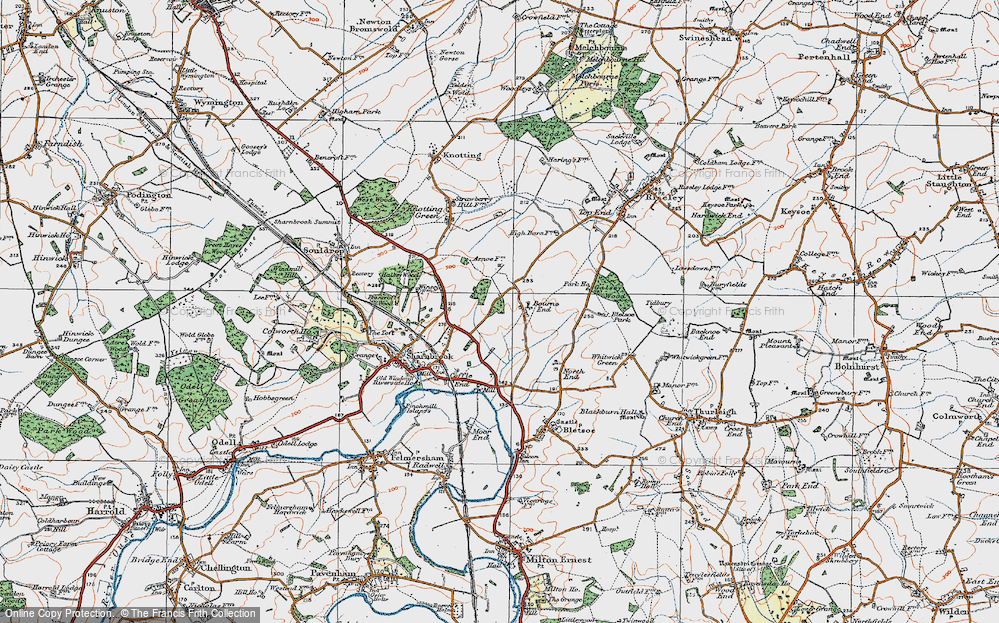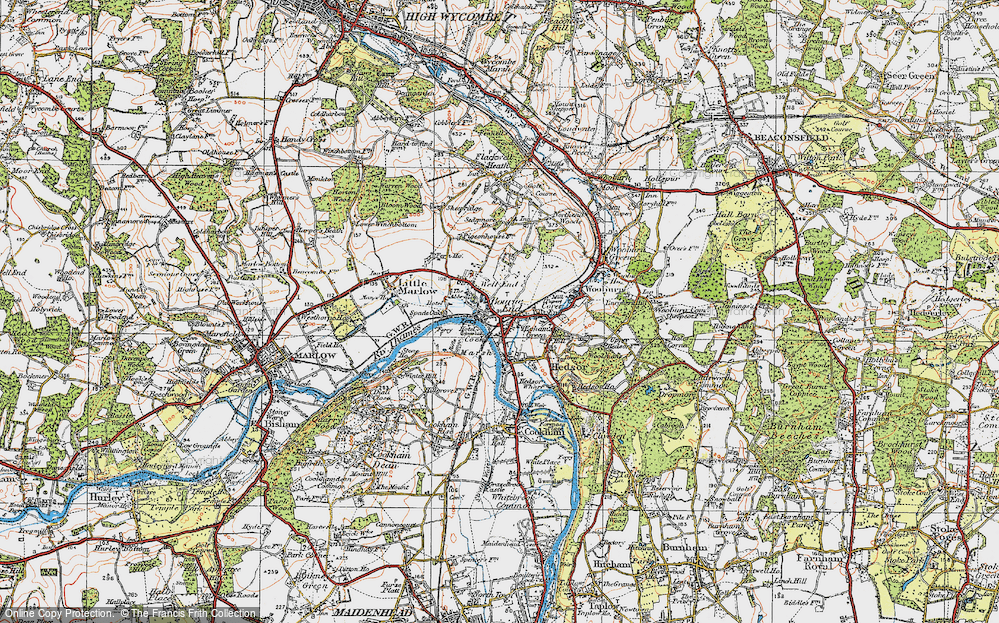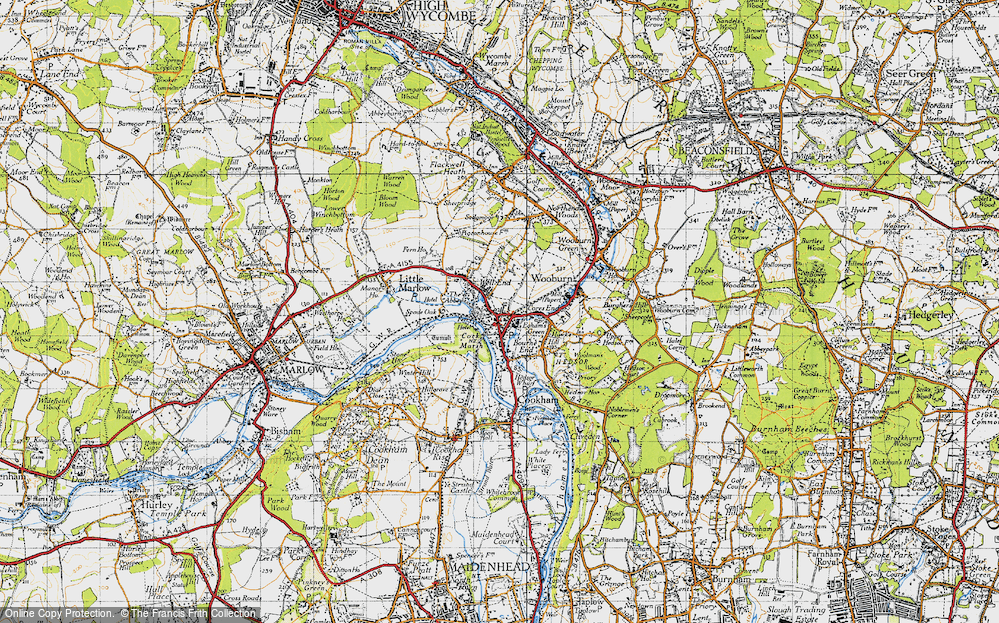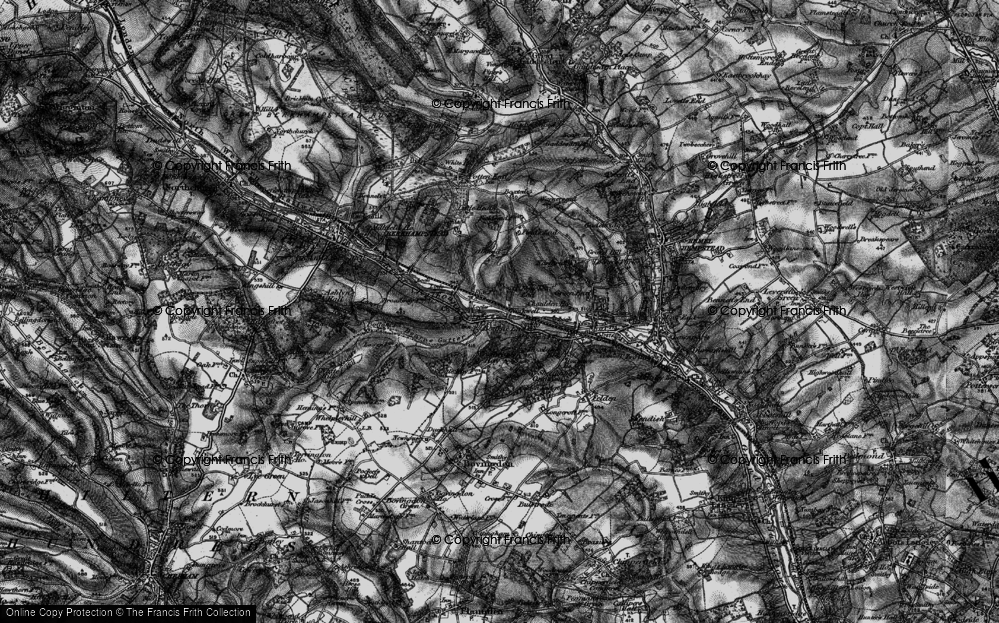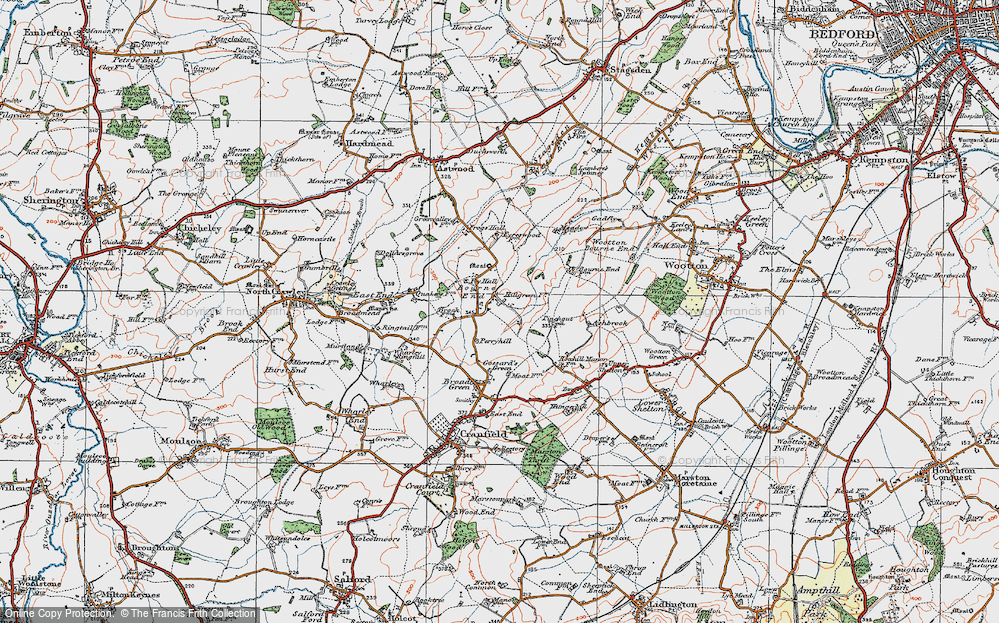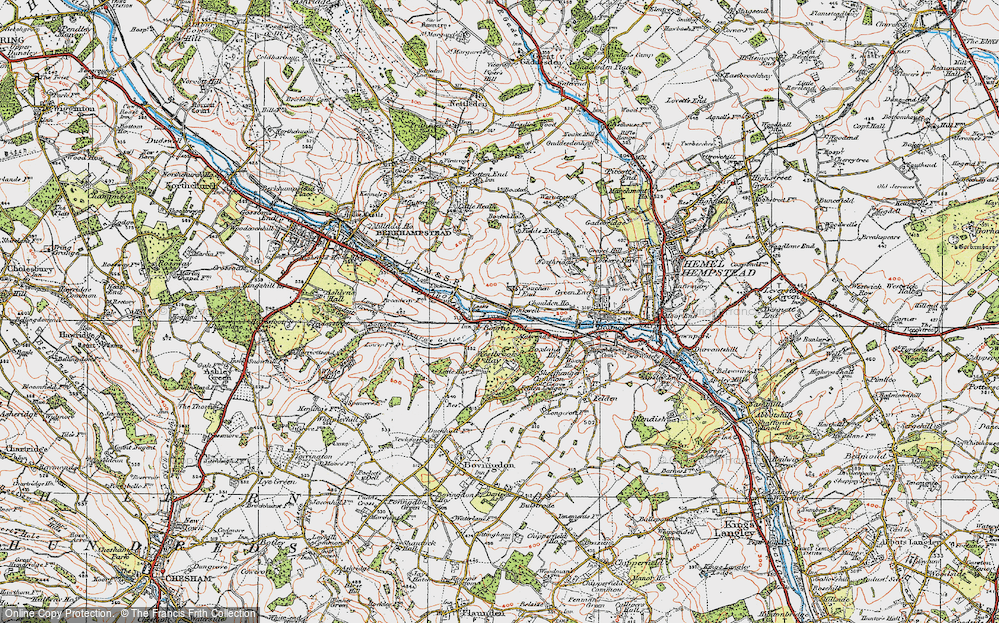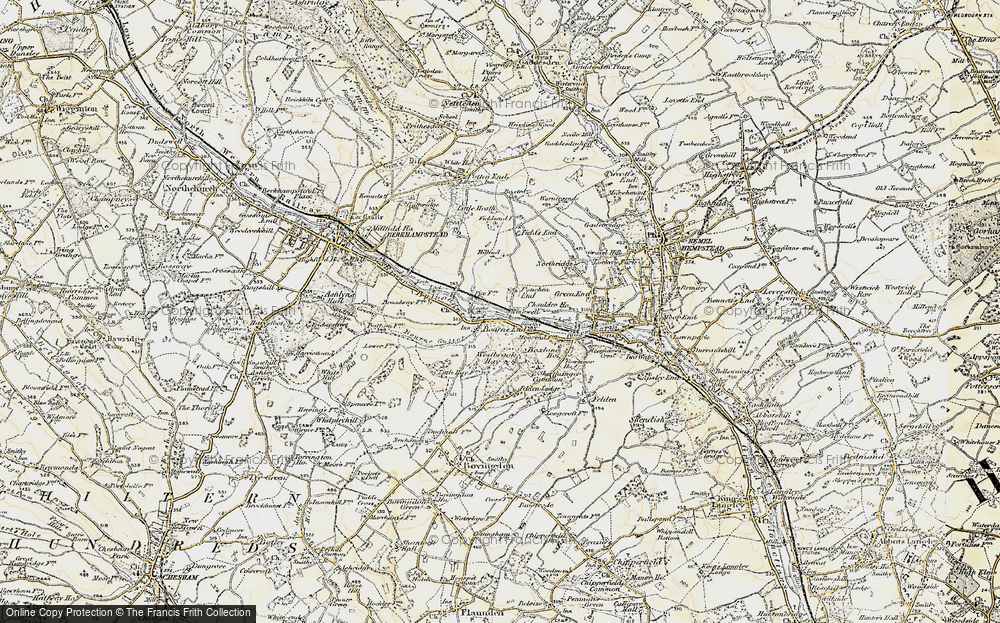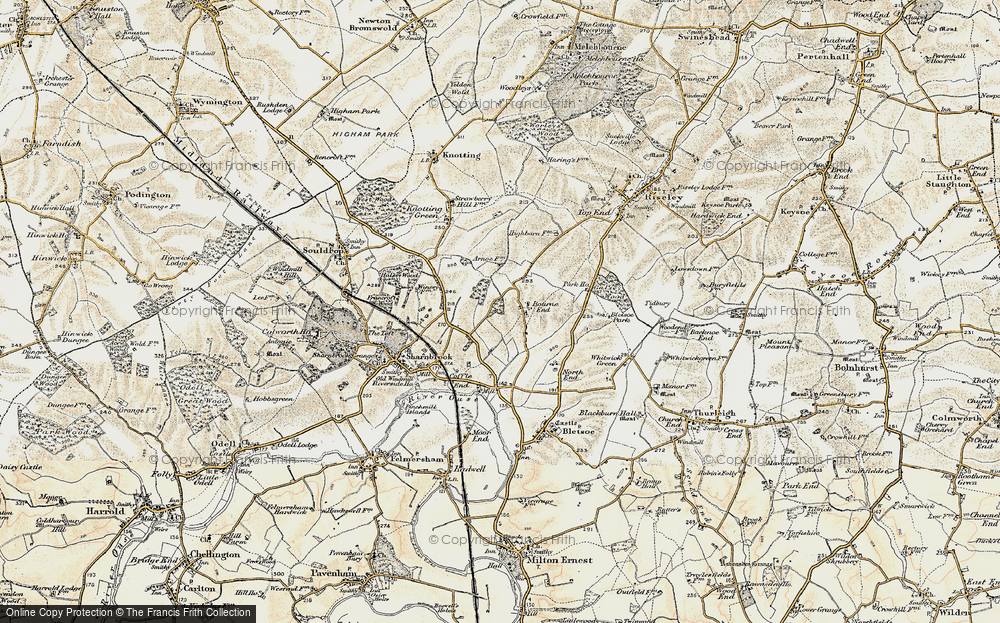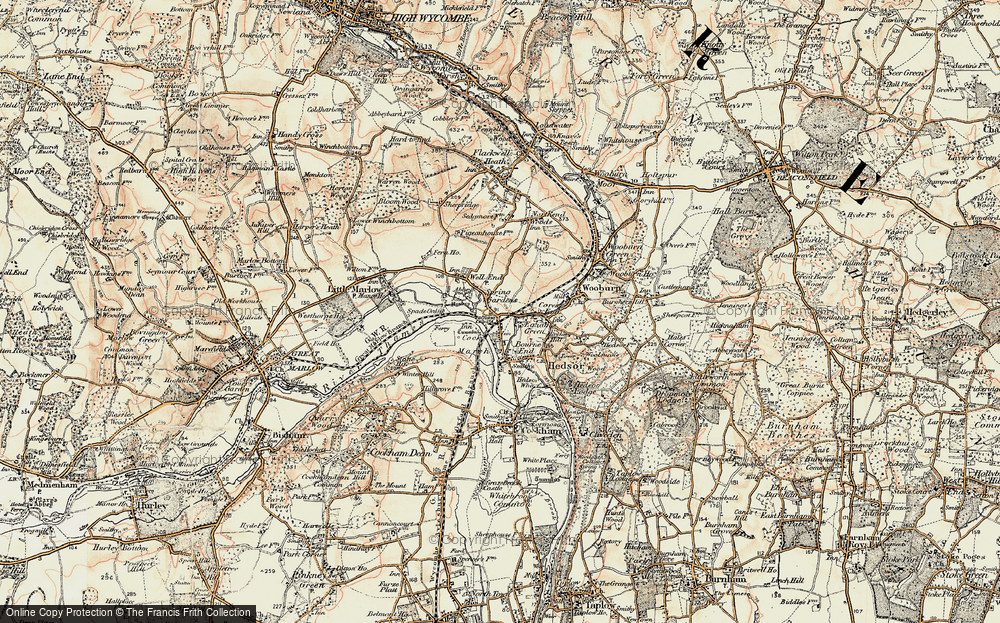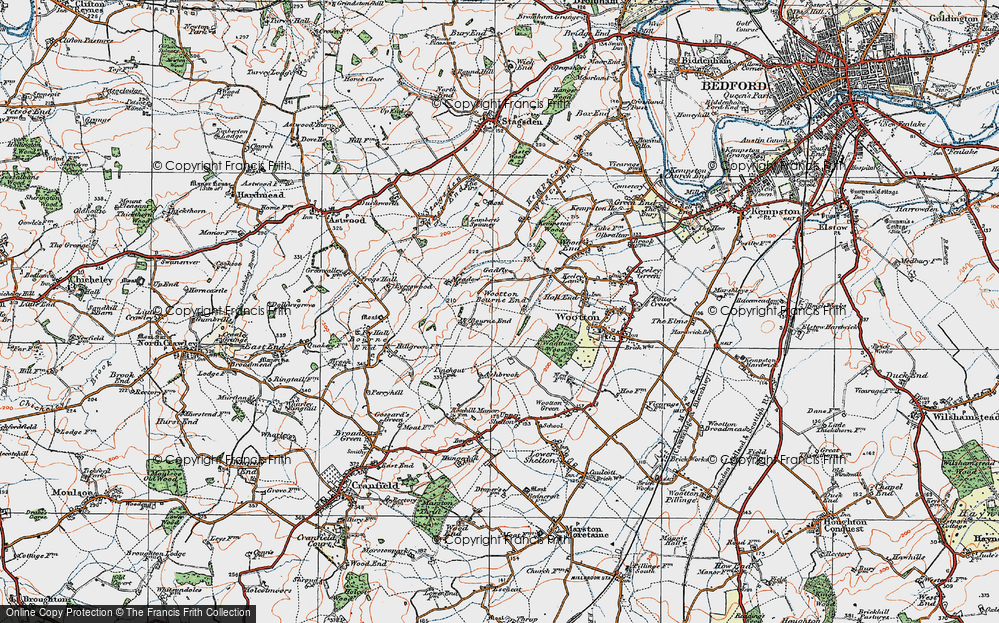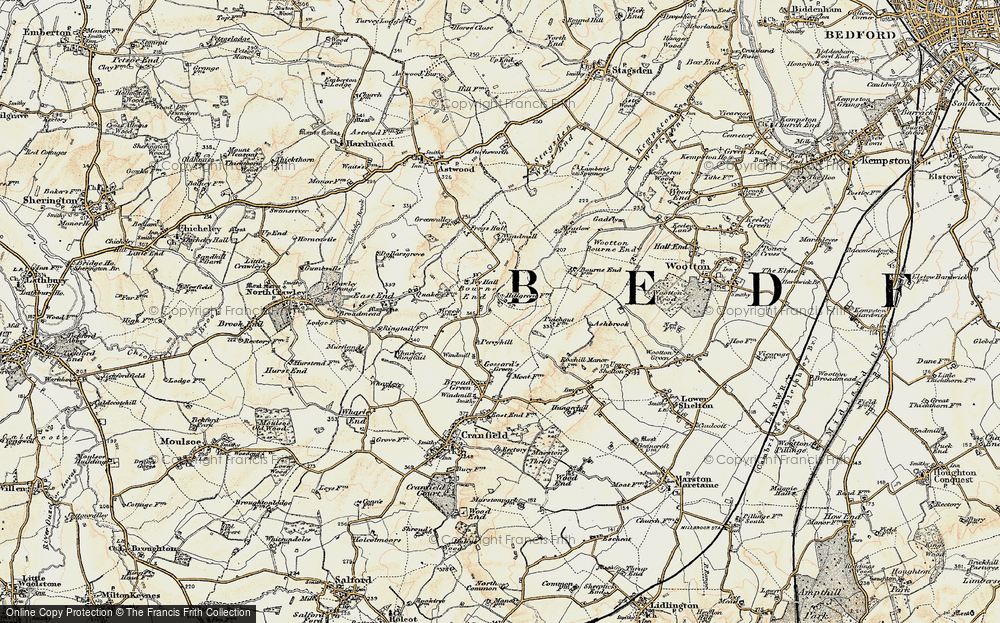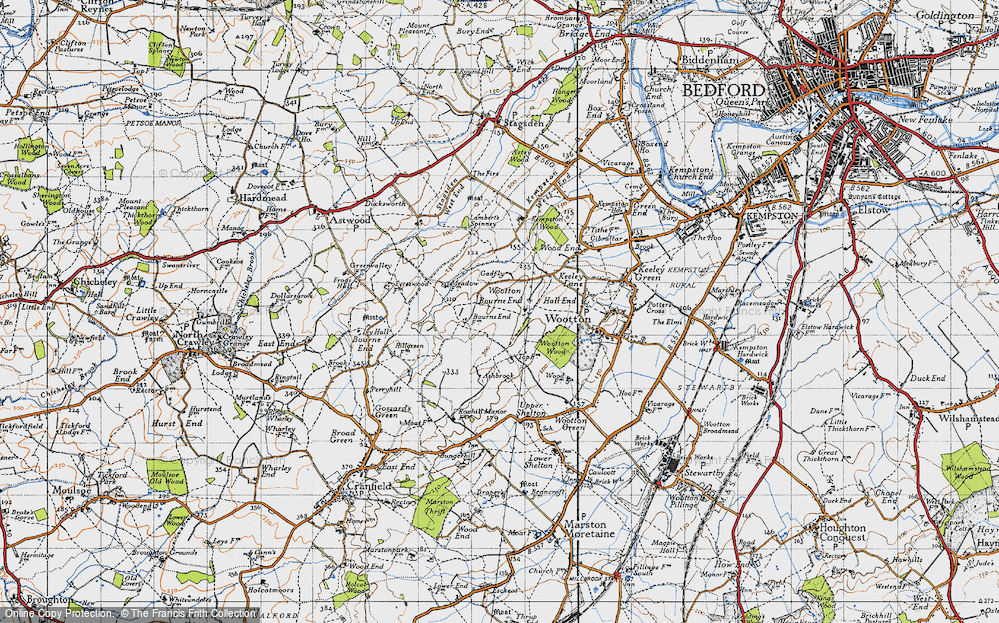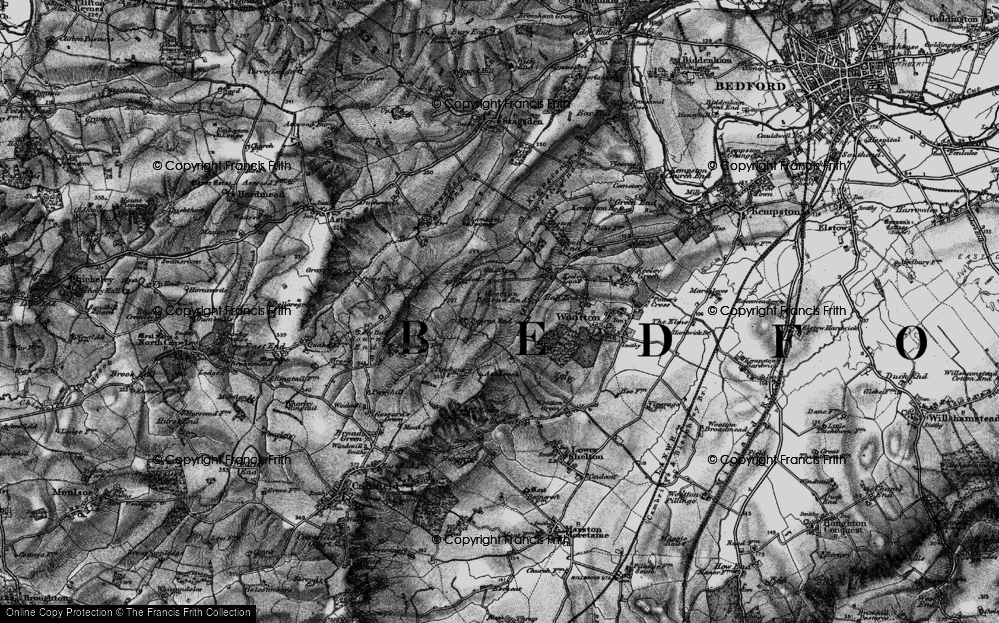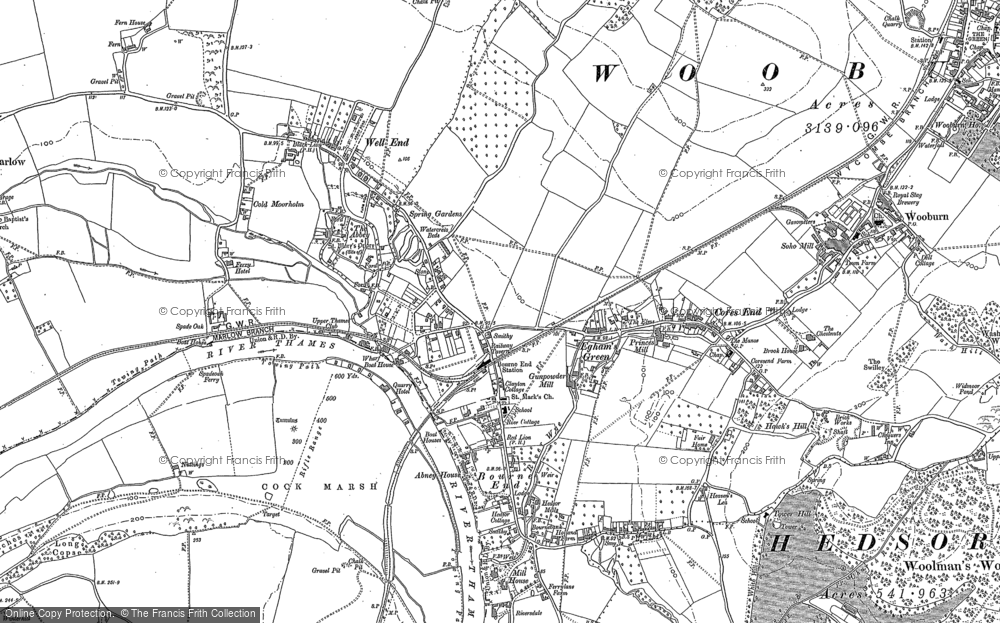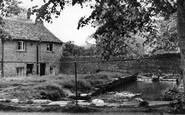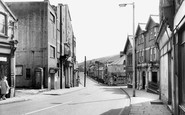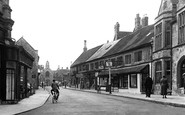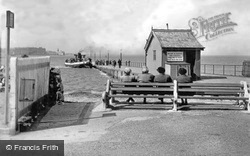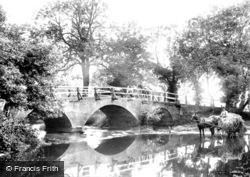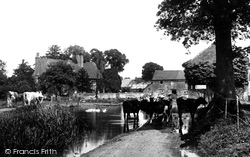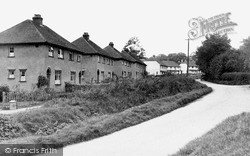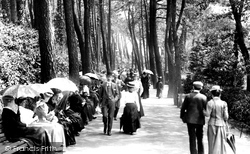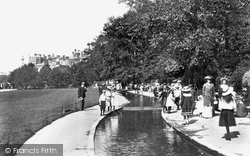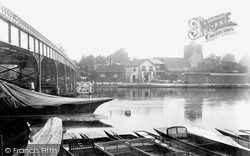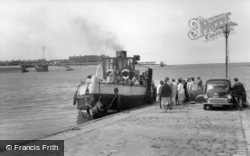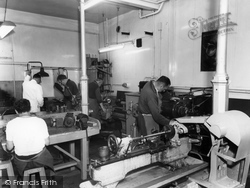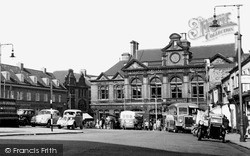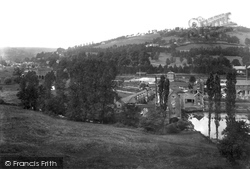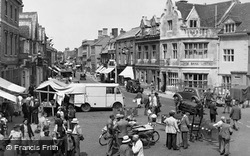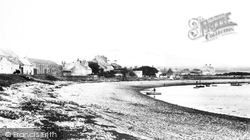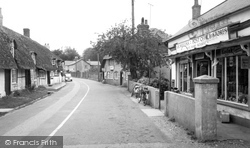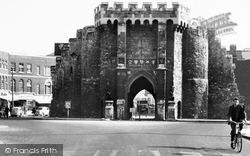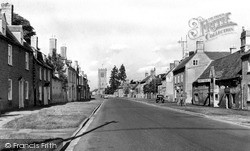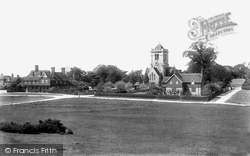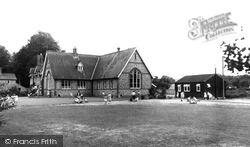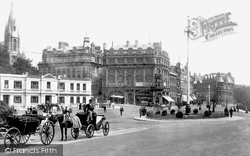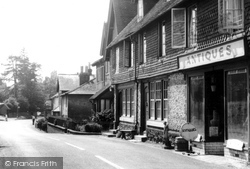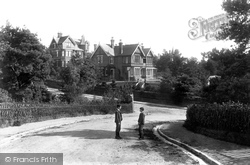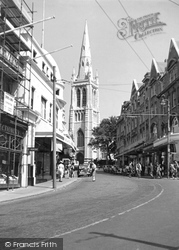Places
5 places found.
Those places high-lighted have photos. All locations may have maps, books and memories.
Photos
58 photos found. Showing results 1 to 20.
Maps
22 maps found.
Books
Sorry, no books were found that related to your search.
Memories
1,553 memories found. Showing results 1 to 10.
Elliotts Fish & Chip Shop, High Street, Hogsthorpe.
Hi I was born in 1963 in Hogsthorpe and went to the primary school in Thames Street, I remember some amazing times in Hogsthorpe helping my Mum and Dad in the fish and chip shop rumbling the potato's with ...Read more
A memory of Hogsthorpe by
Larner And Mustoe Families
I am very interested in Northleach because my family connections, the Mustoes and Larners, go back several hundred years there and certainly in the case of the Larners back to the 1600's. Both families were shepherds and ...Read more
A memory of Northleach by
1944 Vi Flying Bomb
This isn't really a memory because I was too young at the time. I was born in a timber bungalow called "Midway" on Lowford Hill, Bursledon in April 1942. Dad was working at the Follands aircraft factory at that time, building war ...Read more
A memory of Bursledon by
Memories Of My Widnes School Days
Having lived the first 25 years of my life in Widnes ,I have many happy memories of my school days there. Born in Dundalk Lane in 1940, from 1943 until 1945, I attended the Nursery,situated next to Ditton County Infants’ ...Read more
A memory of Widnes by
Francis Frith Murderer Of Eyam
I am astonished that this collection is Francis Frith and I am assuming it is a coincidence that I found it when looking up Francis Frith of Eyam. Francis Frith was a resident of Eyam in Derbsyhire. He and his wife were ...Read more
A memory of Eyam by
Queen's Coronation
I can remember celebrating the Coronation with a party, the streets were decorated with flags, it was a memorable day and photographs were taken, which I still have. I can name nearly everyone, friends and neighbours. I no ...Read more
A memory of Llanbradach in 1953 by
Post War Harlesden.
I was born in Tredegar, South Wales in April 1941. My mother had been evacuated to that small welsh town when she fell pregnant with me in 1940. We lived with her parents. My dad was away doing War things. We moved back to London ...Read more
A memory of Harlesden by
Family Connections.
The couple on the right pavement are my grandparents George Gray and his wife Elizabeth (nee Phippen) of Thornford. The photo would have been taken on a Thursday because after his retirement they always travelled to Sherborne on ...Read more
A memory of Sherborne by
Great Schooldays!!
I was born in 1943 in Mancot and lived in Shotton. After the eleven plus I arrived at Hawarden Grammar school. The first two years were easy enough but in Form3, I noticed all the boys studied Science and all the girls had to take Arts ...Read more
A memory of Hawarden by
Princes Road
I was born in 1953 at 71 Princes Road, in 1955 we moved to 10 Church Road where I lived until 1969 when I left home. I went to Princes Road Boys school where Mr Carr was the Head and some of the teachers were Miss Gardiner, Mrs ...Read more
A memory of Buckhurst Hill by
Captions
123 captions found. Showing results 1 to 24.
Taken from the end of the promenade by the Bourne Arms, the scene shows the once-busy steam ferry arriving from Fleetwood across the Wyre estuary.
East of Marlow, where the river bends south, Townsend's and Shaw's boatyards and their wharves were a focus of boating activity in the heyday of the late Victorian and Edwardian boating boom.
A view across the River Bourne, a tributary of the Thames, with a hay cart fording the river and horse and cart and mounted horseman looking down from the bridge at the lower end of Brighton Road.
Cattle seek the summer shade and the cool waters of the Bourne at this ancient farm.
The van (right) is driving down Fanhams' Hall Lane from Ware, and may be about to turn left past Appleton Farm and Baker's End.
In 1810, Lewis Tregonwell built a house on lonely heathland close to the mouth of the River Bourne. During the years that followed other wealthy Hampshire gentlemen followed his example.
In 1810, Lewis Tregonwell built a house on lonely heathland close to the mouth of the River Bourne. During the years that followed other wealthy Hampshire gentlemen followed his example.
The celebrated village of Cookham, a mile or so south of Bourne End, is seen here from the boatyard on the Buckinghamshire bank, although curiously until 1992 a strip of about 30 feet along
The council bought the boats from the Croft family of Knott End, who had ferried villagers across the River Wyre for generations.
In 1931, the widow of Stafford Bourne (the son of one of the founders of Bourne & Hollingsworth's store in London) sold Garston Manor to Benskins the brewers, who transferred it to the North West Metropolitan
The Bourne stream runs through the area of Lower, Middle and Upper Bourne, joining the River Wey at Moor Park.
The Primitive Methodist movement was officially founded in Tunstall, in 1811, by Hugh Bourne and William Clowes. It was here that the movement's first chapel was built.
This picture should more properly be captioned 'The Bourne from Besbury.' In the foreground lies Wimberley Mill, run in 1900 by the Critchley family as a pin factory.
Bourne, at the junction where two Roman roads met, had a Roman station to guard the Car Dyke, the great Roman dyke 56 miles long and still surviving for long stretches.
In 1823 John Butcher, a preacher from Bolton, was landed by fishing boat at Derby Haven and brought Primitive Methodism to the island.
Though smarter and more affluent today, much of St Mary Bourne is as it was when this photograph was taken.
In 1961, a box of three Irish linen hand-rolled handkerchiefs cost 8s 11d from Bourne & Hollingsworth in the Bargate.
This view looks north along the A15 towards the church of St Guthlac and Bourne.
This was once a place where sheep were washed in a stream (bourne), hence the name. Shipbourne is a very attractive open village with a large green.
Situated in School Lane, this primary school is near Andover, and it has approximately 120 pupils aged from 4 to 11 years old. Most of the buildings in St Mary Bourne are built of brick and flint.
Bournemouth's Square stands at the very heart of the town astride the River Bourne.
The main village was moved west and south of the Tilling Bourne and out of the park in the early 19th century, but the best buildings date from the 1850s.
now sprawled out into the neighbouring countryside, began with the early construction of villa residences, each with its own garden - as suggested by Dr Granville - along the back of the clifftops and
Bournemouth's Square stands at the very heart of the town, astride the Bourne Stream.
Places (5)
Photos (58)
Memories (1553)
Books (0)
Maps (22)




